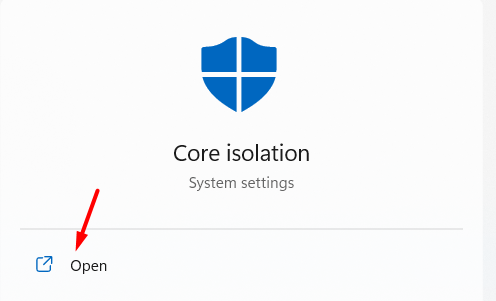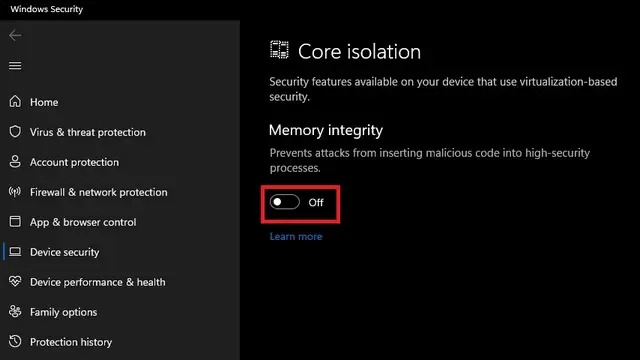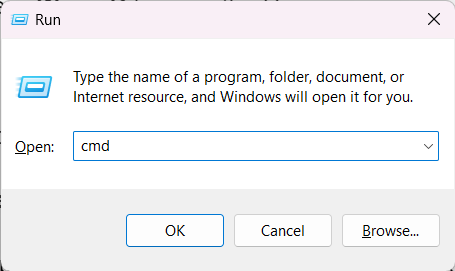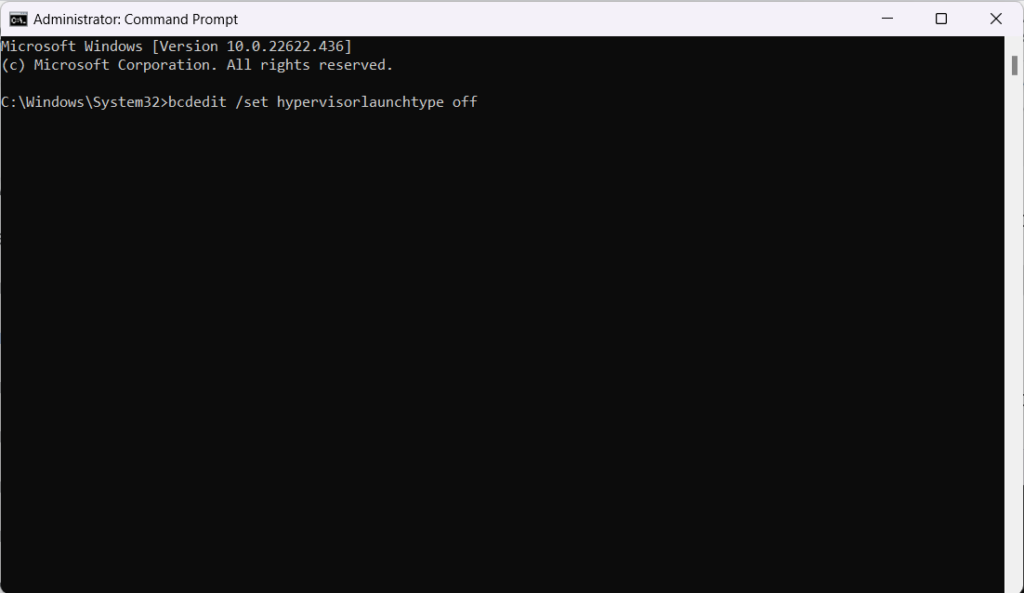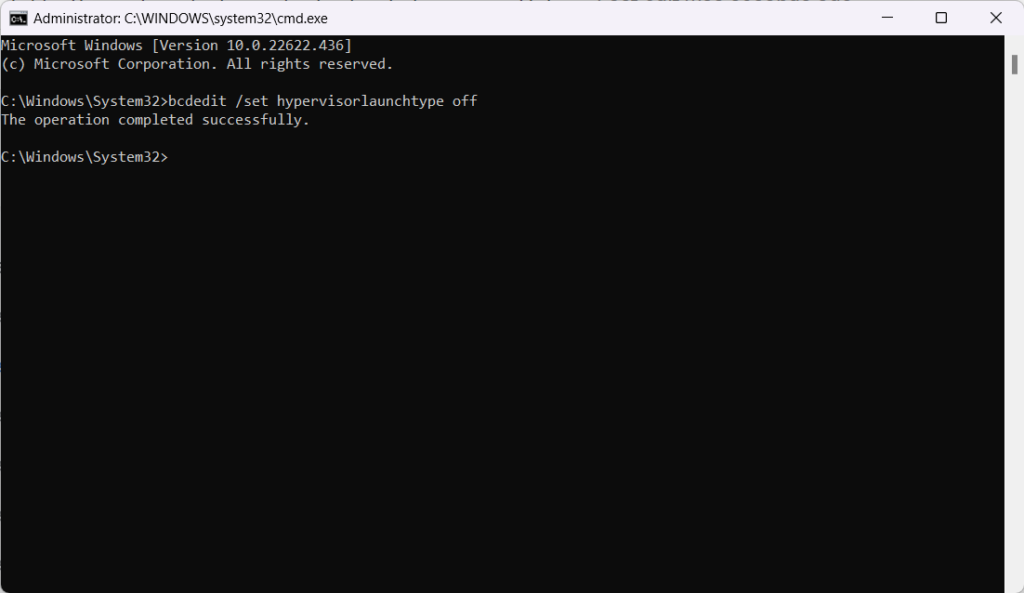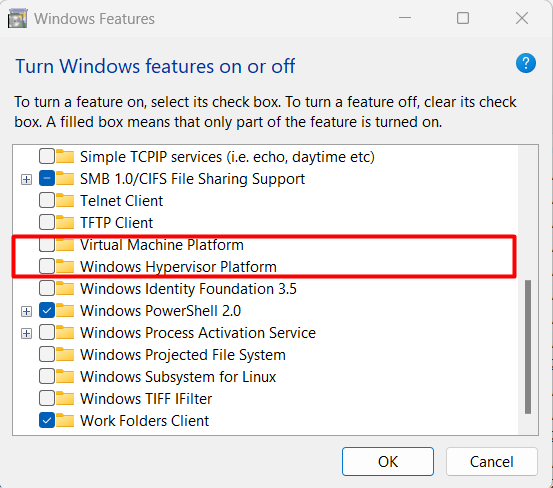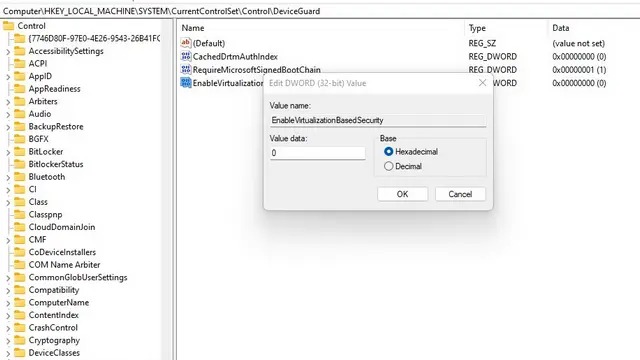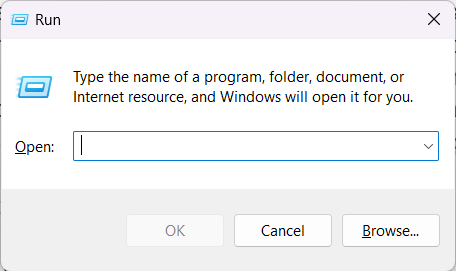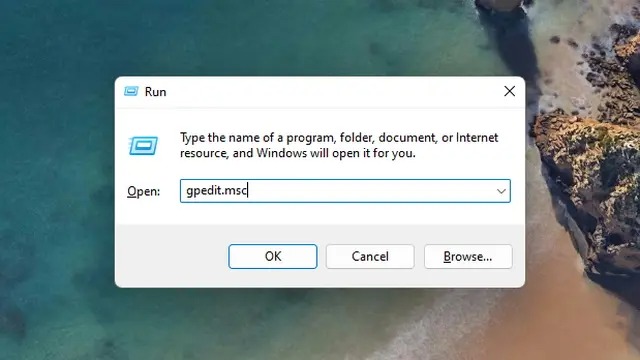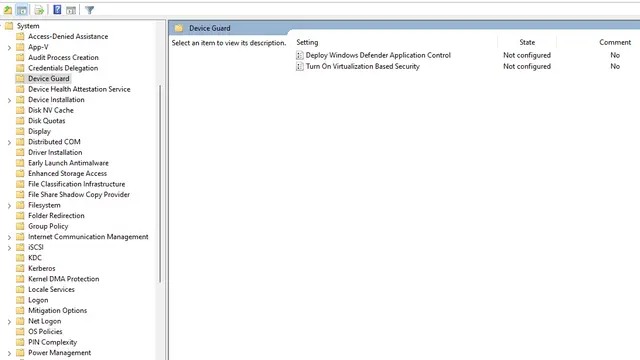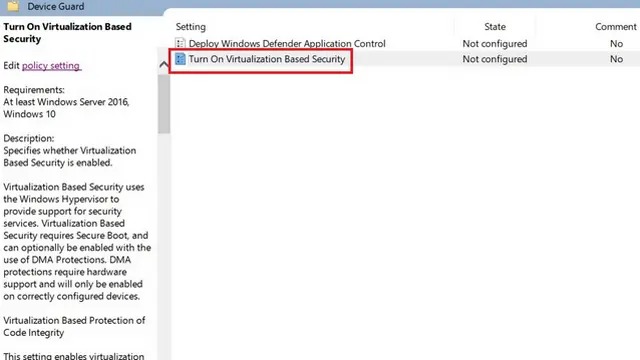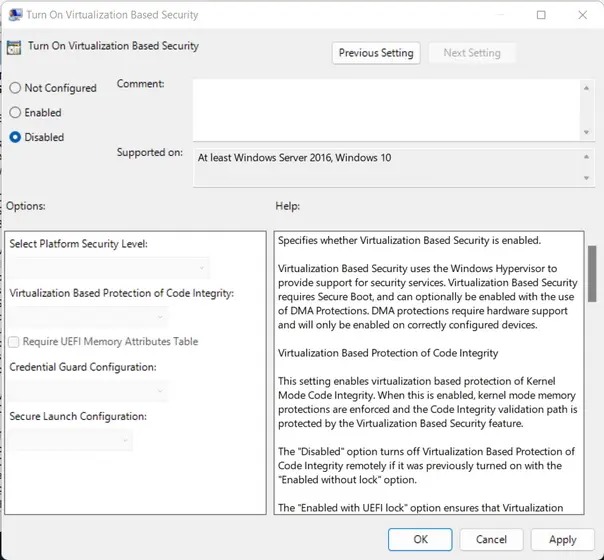There is a high chance that VBS is the main factor behind your system’s degraded performance. Many Windows 11 users reported that disabling VBS helped them to regain the same power-packed gaming experience as earlier. If you’re going through the same, we will suggest disabling VBS and checking whether it is the main culprit. Here in this article, we have explained several methods to disable Virtualization-Based Security and restore your system’s performance.
What is Virtualization-Based Security in Windows 11?
Virtualization-Based Security is a Windows program that uses virtualization features to host more security features and strengthen your system’s security. It creates a Virtual Secure Mode using virtualization features to host several security features. Read More: What is Virtualization-Based Security (VBS) in Windows 11
Disable Virtualization-Based Security (VBS) in Windows 11
In order to disable VBS, you need to disable Hypervisor-Enforced Code Integrity (HVCI). There are several ways to disable HVCI. This section mentions all possible ways to disable HVCI in Windows 11.
1. From Settings
Microsoft lets you disable Virtualization-Based Security from your Windows Settings. You can follow the below-mentioned steps to disable VBS from your Windows 11 PC settings.
- Press the Windows key.
- Type Core Isolation in the Search Bar.
- Then, click on Open.
- Toggle off the Memory Integrity option in the Core Isolation settings.
- Windows will then ask you to Restart your PC. So, choose Restart from the options given on the popup. We have observed that Microsoft prevents some users from disabling HVCI from the System Settings. If this is the same with you, the next method will indeed work for you.
2. Using Command Prompt
One of the ways to disable Virtualization-Based Security is using the Command Prompt app. You can do the same by following the below-mentioned steps.
- Press Win + R to open the Run program and type cmd.
- Now, press Ctrl + Shift + Enter to open CMD with administrative privileges.
- Copy and paste the mentioned command in CMD and press Enter.
- Wait until the process completes and you see a process completion message.
- Lastly, Restart your PC.
3. By Disabling Windows Features
You can also disable VBS by turning off two Windows Virtualization features: Virtual Machine Platform and Windows Hypervisor Platform. Turning off these two features will stop all VBS-related processes automatically. You can start the process by following the below-mentioned steps.
- Press the Windows key and type Control Panel in the Search Bar.
- Click on Programs.
- Then, click on Turn Windows Features on or off from the left pane.
- Search these two features and uncheck them: Virtual Machine Platform and Windows Hypervisor Platform.
- Once done, click OK.
- In the end, click Restart now to reboot your system.
4. From Registry Editor
Registry Editor is an important Windows program that stores all your operating system’s settings. It also allows you to modify those system settings. You can also use the Registry Editor to change VBS settings. You can follow the below-mentioned steps that easily demonstrates the same.
- Press the Windows key and type Registry Editor in the Search Bar.
- Then, click Open.
- Navigate to the mentioned path by simply copying and pasting the path in the Location bar.
- Double-click on EnableVirtualizationBasedSecurity.
- Set the Data Value to 0 to disable VBS.
- Click on OK and Reboot your PC.
5. From Group Policy Editor
Group Policy Editor is another way to enable and disable any function of your Windows PC. It also allows you to disable the Virtualization-based Security from the Group Policy Editor. You can follow the mentioned steps to disable VBS using Group Policy Editor.
- Press Win + R to open the Run window.
- Type gpedit.msc and click OK.
- Navigate to the mentioned path.
- Double-click on Turn On Virtualization Based Security.
- Once the Virtualization Based Security dialog box pops up, choose Disabled from the given options.
- Lastly, click OK and Restart your system.
6. Via BIOS Settings
The last method to disable VBS is from the BIOS settings. We recommend following this method as it disables VBS and other virtualization features from the roots. So, they won’t turn on automatically unless you do them. You can follow the below steps to disable the VBS from BIOS Utility.
- Restart the PC.
- Press F1 or F2 key correspondingly.
- Head to the Advanced Settings section.
- Search Virtualization Technology in the Advanced Settings.
- Then, disable it.
- After that, press the F10 key and Exit the BIOS utility.
- Head to the Core Isolation Setting and ensure that the Memory Integrity feature is disabled.
How Do I Know if Virtualization Is Enabled in Windows 11?
First, press the Windows key and type MSInfo32 in the Search Bar. Once the System Information tab opens, search for Virtualization-Based Security in the list. You can now check whether VBS is enabled or disabled in the Value column.
How Do I Enable Virtualization Based Security in Windows 11?
Press the Win + R key combination to open the Run program. Type gpedit.msc in the Search Bar and press Enter key. Now, head to the mentioned location and double-click on Turn on Virtualization Based Security: HKEY_LOCAL_MACHINE\SYSTEM\CurrentControlSet\Control\DeviceGuard. Then, choose Enabled from the given options to enable VBS in Windows 11.
How Do I Get Into BIOS on Windows 11?
You need to start the process by restarting the system. Once you see the reboot screen, immediately press the F1 or F2 key on your keyboard. Now, head to the Advanced Settings section to open the BIOS Utility window.
Final Words
Disabling Virtualization-Based Security can enhance your system’s performance. You won’t experience the same choppy and laggy experience again. But, you need to sacrifice your system security a bit, which we won’t recommend. We will suggest first trying other ways to improve your system’s performance. If that doesn’t work, then you can try disabling VBS by following one of the above-mentioned ways. Which way you find easier to disable VBS in Windows 11.

